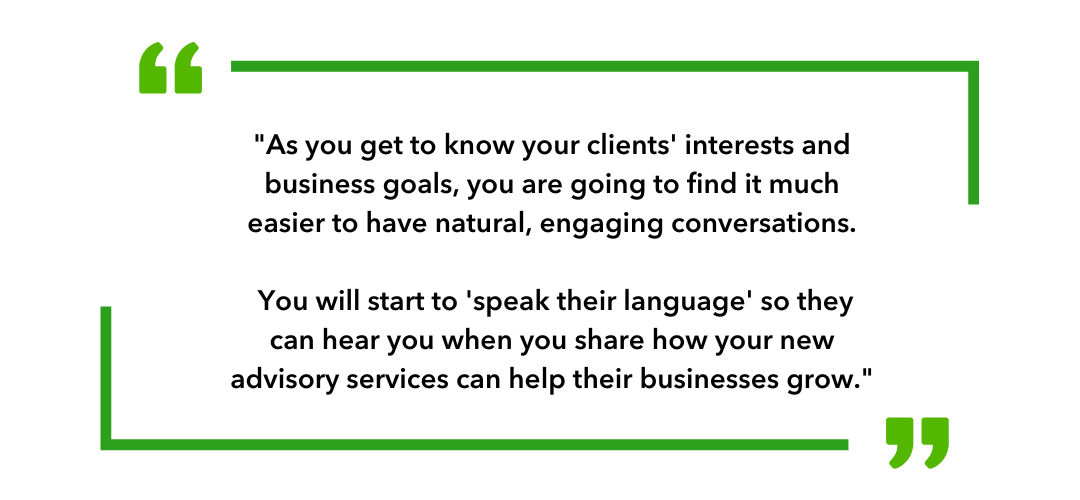You’ve identified the business needs among your current clients that could be met by client advisory services, and you’ve assessed the strengths and aptitudes of your team. You’ve done the first step in addressing the “people” part of the people, processes, and technology approach to developing a client advisory services (CAS) practice.
Still working on this part? Read more how to assess your clients and your team to help you identify your firm’s CAS menu.
Now you’re ready to take the next step in offering advisory services, but how should you engage your first CAS clients?
Every client is different. You probably have clients who have a firm grasp on financial statements and cash flow management. They may already know how to leverage their balance sheet to meet the needs of their business and market. Other business owners run their organizations based solely on gut instinct—and couldn’t tell the difference between a P&L statement and a tablet of ancient Egyptian hieroglyphics.
Yet both clients need an advisor to provide objective, expert advice about their finances and operations. That’s where you come in.
Focus on a few clients
While you could feasibly offer advisory services to every client, a more realistic approach is to choose a subset of clients who are most likely to benefit from advisory based on an analysis of your client list. A method to do this was explained in the previous article in this series.
It doesn’t hurt to have a general idea which advisory services you want to provide, allowing you to match those services with the type of client best suited for them. You can also rate your client list based on how much you and your team enjoy working with each client. Whatever method you choose, work your way down to a practical number of clients you want to target with an advisory services offer.





